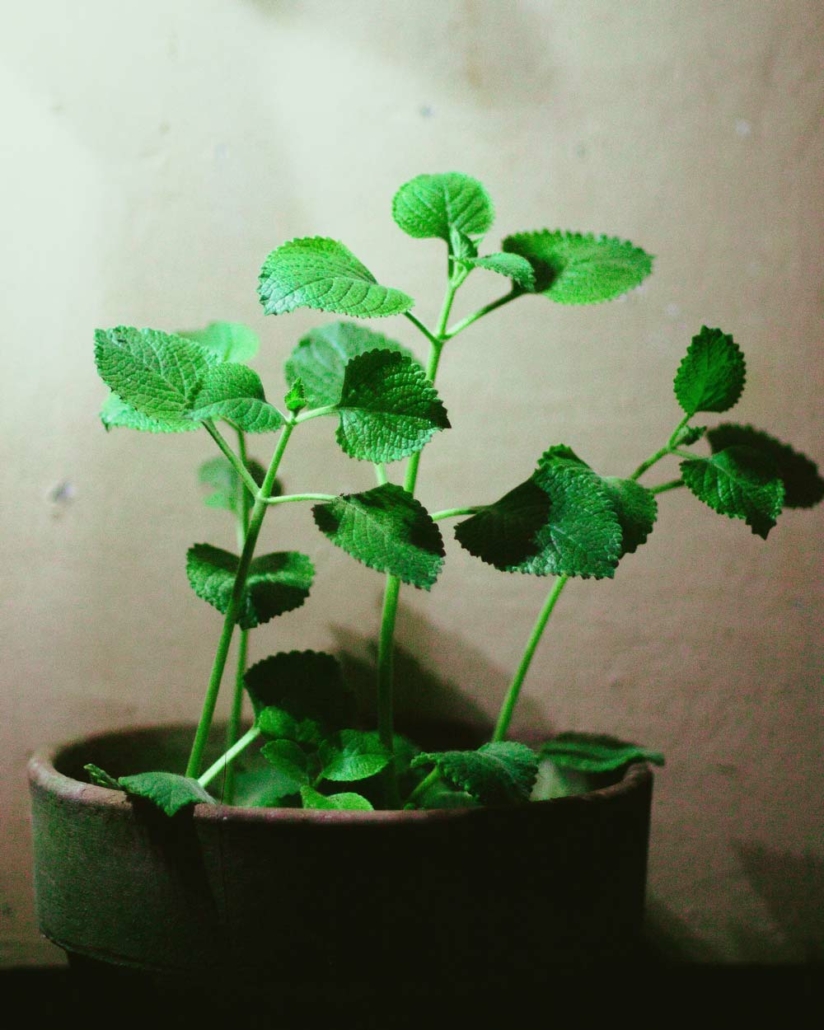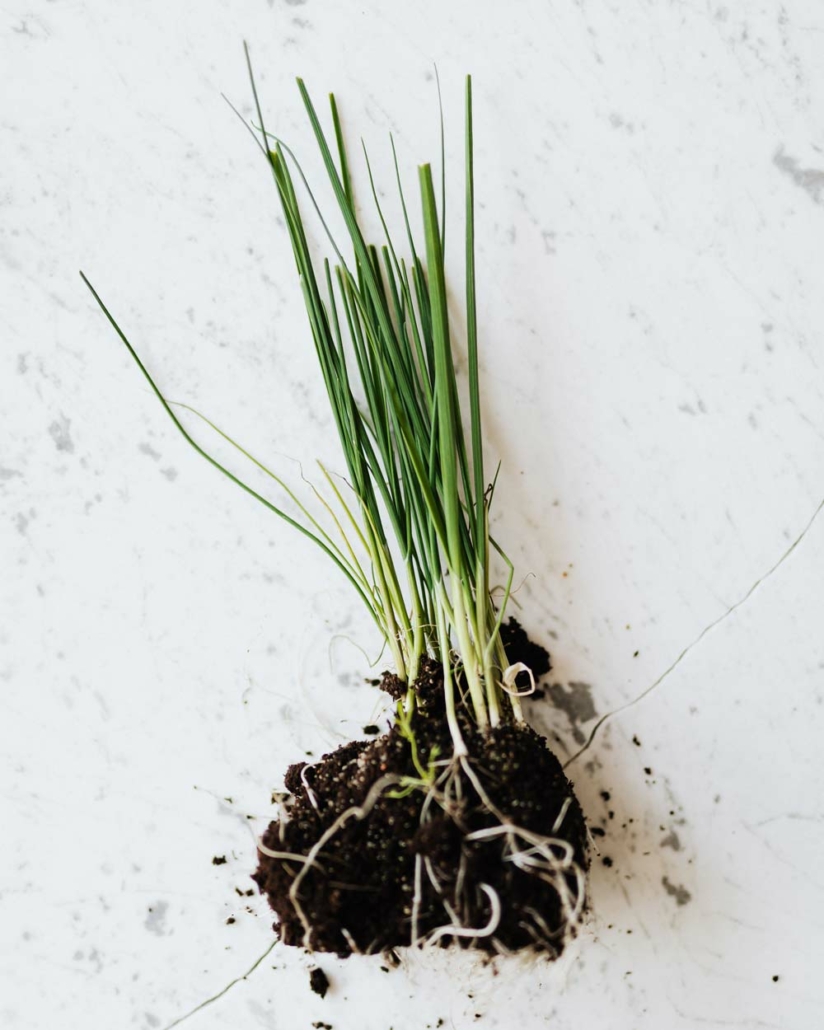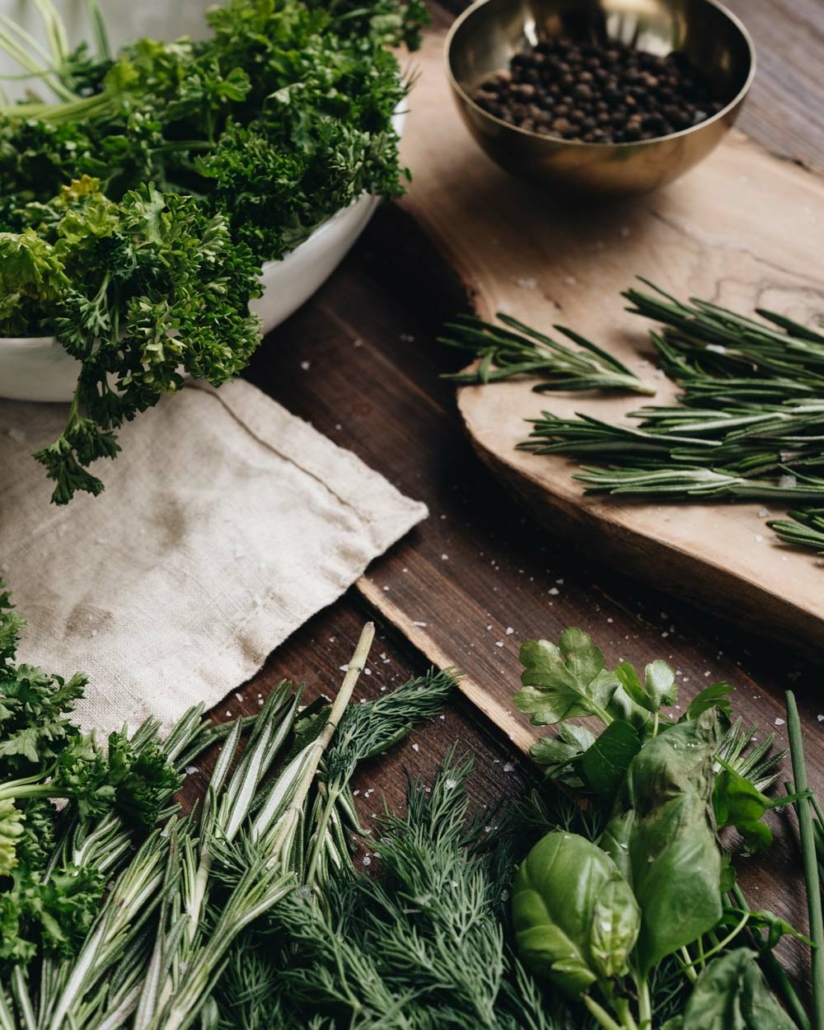Lacking Light? Ideas for Shade Plants
Here in British Columbia, the greenery is endless. But with such tall trees, your gardens and shrubs might not be receiving enough light! Here are some ideas for some shade loving plants to grow in even the most shaded yards.
Impatiens

Photo Credit: Jaclou-Dl (pixabay.com)
One of the more attractive annuals, this plant will give you a healthy bloom even in fully shaded areas.
Sarcococca
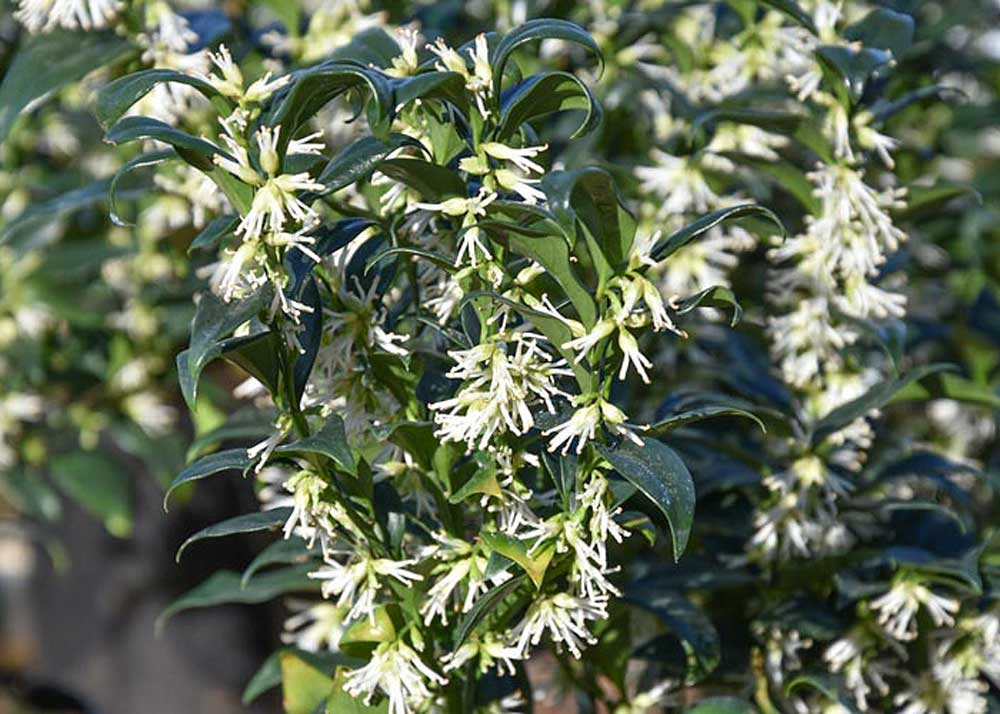
Photo Credit: gardenia.net
“Sweet Box” shrubs grow tall and wide with a white flower bloom that brings black fruits in the summer.
Hydrangeas

Photo Credit: @scottwebb (pexels.com)
A common shrub in British Columbia, this plant can grow to whatever size you desire and can bloom with varying colors depending on your soil.
Rhododendrons

Photo Credit: @ivars (pexels.com)
With spectacular floral blooms, this plant can easily survive in the shade while still providing that spring color you’ll fall in love with!
Snowberry
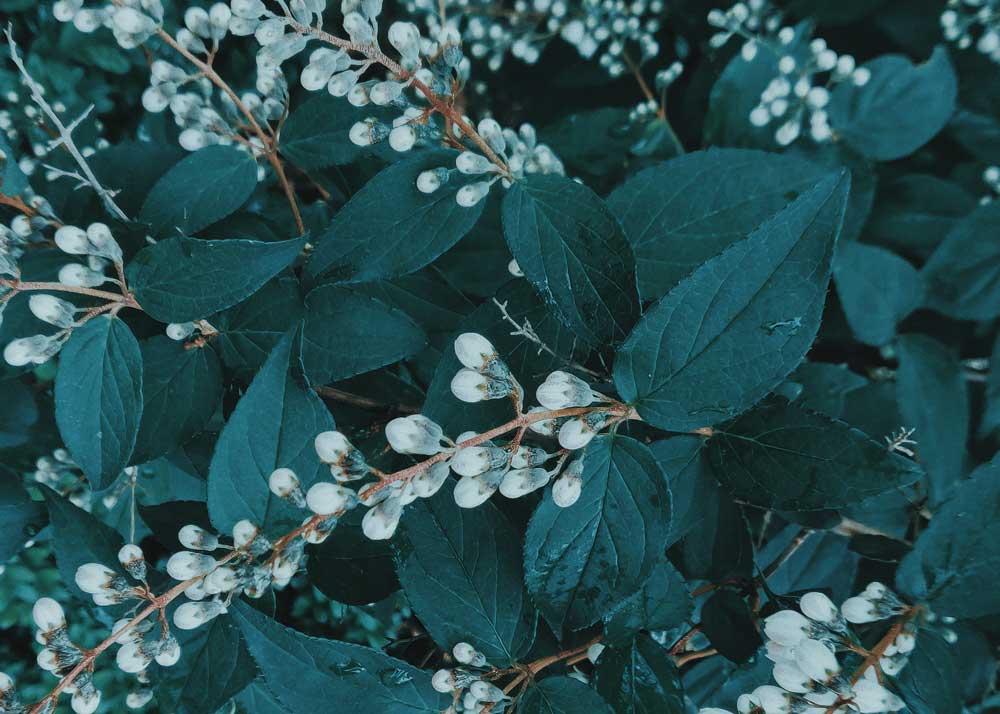
Photo Credit: @didsss (pexels.com)
A plant that yields white berries (although I wouldn’t recommend eating them – they can be toxic in large quantities)!
Solomon’s Seals
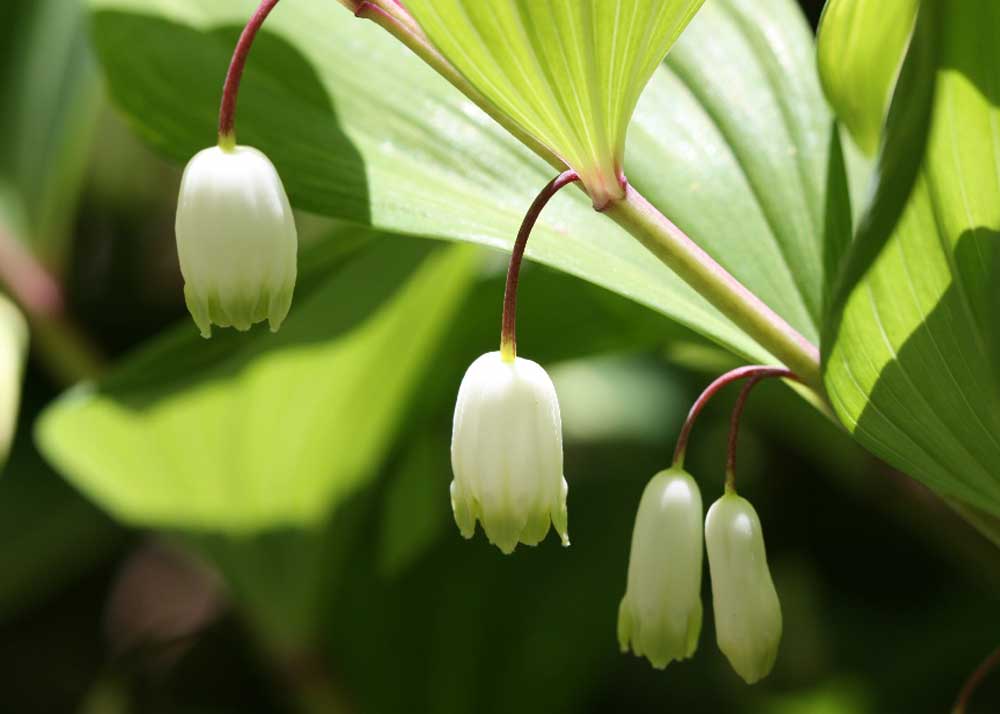
Photo Credit: Joey Williamson, ©2020 HGIC, Clemson Extension
More properly named Polygonatum, this is a flowering plant that grows tall and produces a white floral bloom that droops from the stem.
Hosta Fortunei ‘Aureomarginata’
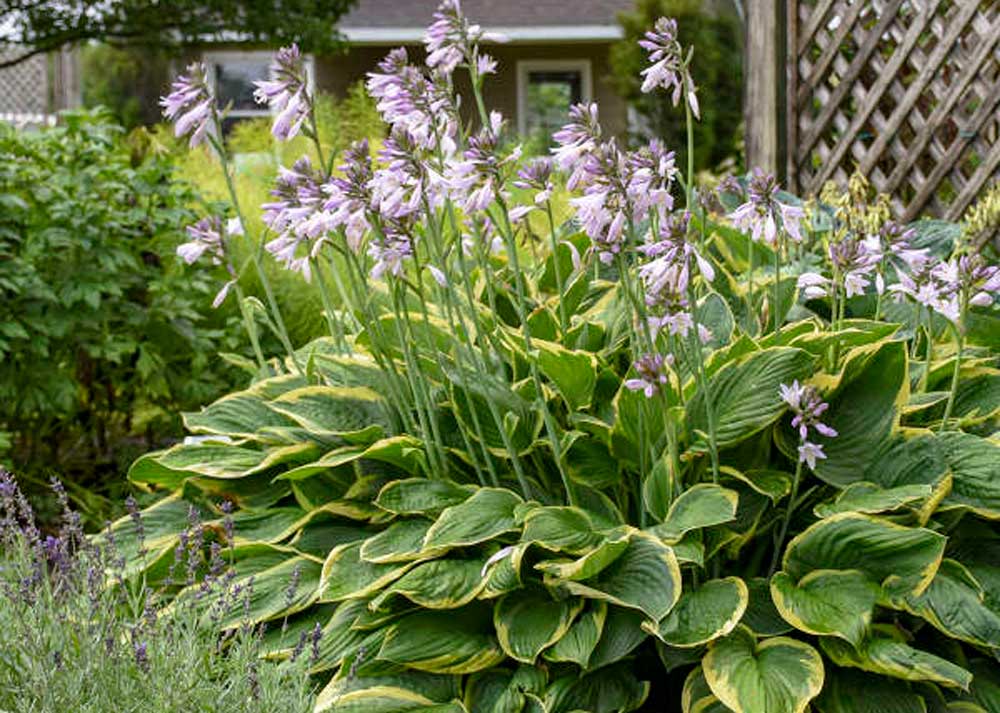
Photo Credit: waltersgardens.com
While most Hostas can grow in the shade, this particular one likes all soil types, has beautiful green leaves with yellow edges, and even grows flowers of lavender in the spring.
Astilbes
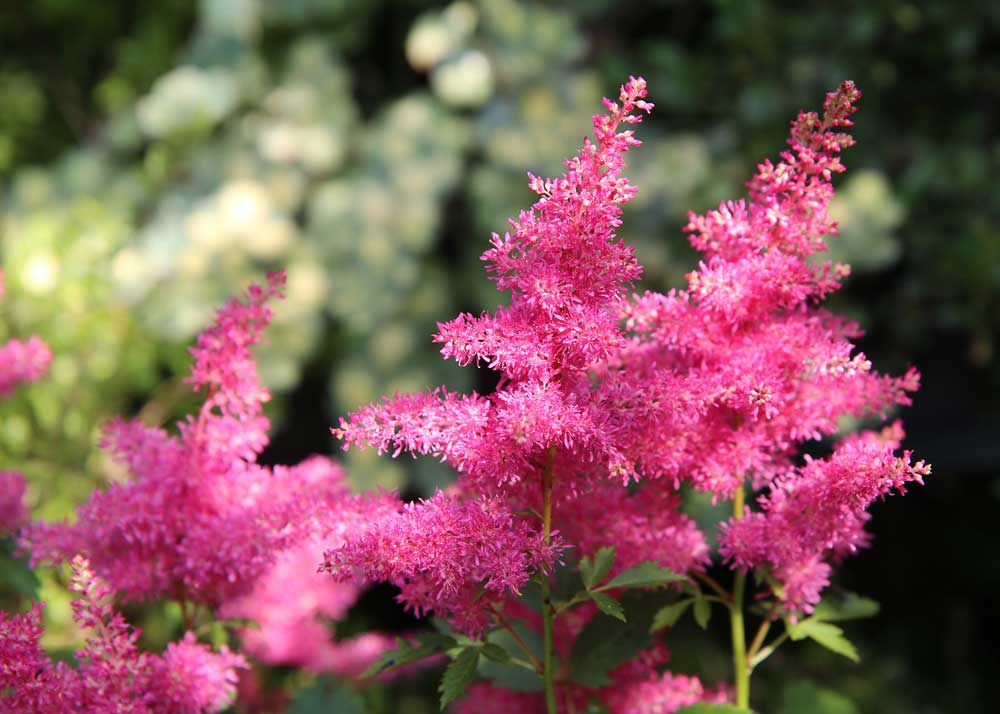
Photo Credit: Etienne-F59 (pixabay.com)
This plant contains gorgeous pink flowers that will liven up your garden! These shade lovers look best when as little sunlight hits it as possible so it retains its moisture.
Ferns
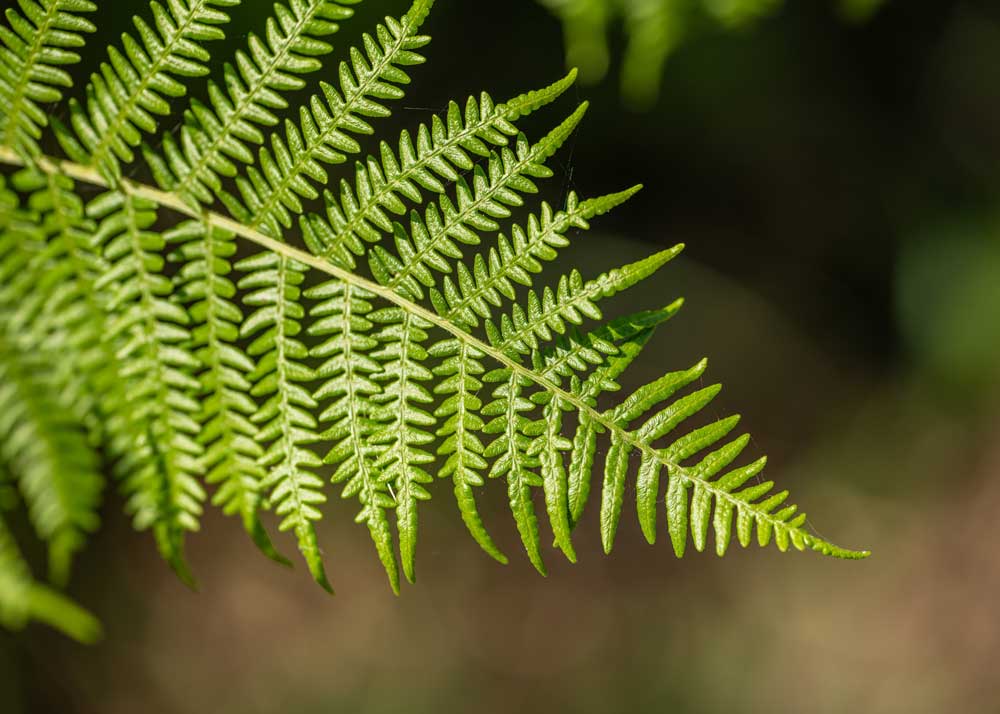
Photo Credit: @ganajp (pexels.com)
These plants are an absolute staple in the lower mainland. They’ll grow nearly everywhere in this region – even the shaded side of a cliff! They love the shade provided by tall trees, so these are best in areas with lots of trees.
Caladiums
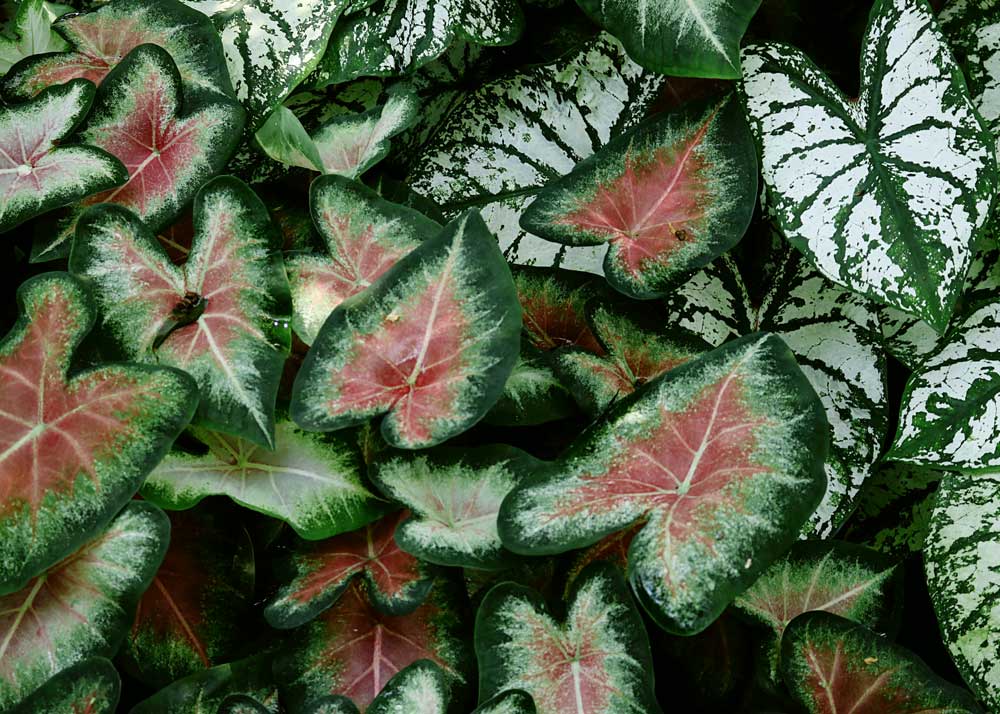
Photo Credit: @mdsnmdsnmdsn (pexels.com)
The beautiful heart-shaped leaves are, well, the heart of this plant. With green edges and a pink, red or white middle, the leaves of this plant will enhance and spruce up your garden!
Bletilla

Photo Credit: Nennieinszweidrei (pixabay.com)
This ground orchid is easy to take care of and can bloom in several different colors, from white to pink to yellow.
Fuchsia
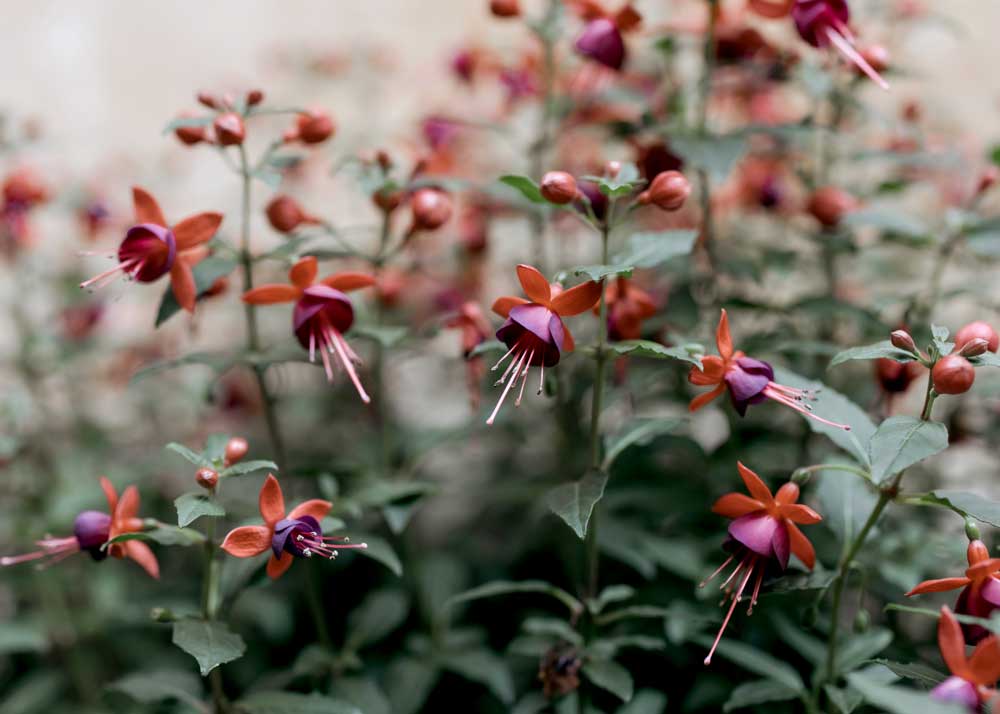
Photo Credit: @cottonbro (pexels.com)
An annual that drapes down from its stems instead of blooming up, this plant’s unique bloom attracts not just humans, but Hummingbirds as well!
Brunnera Macrophylla
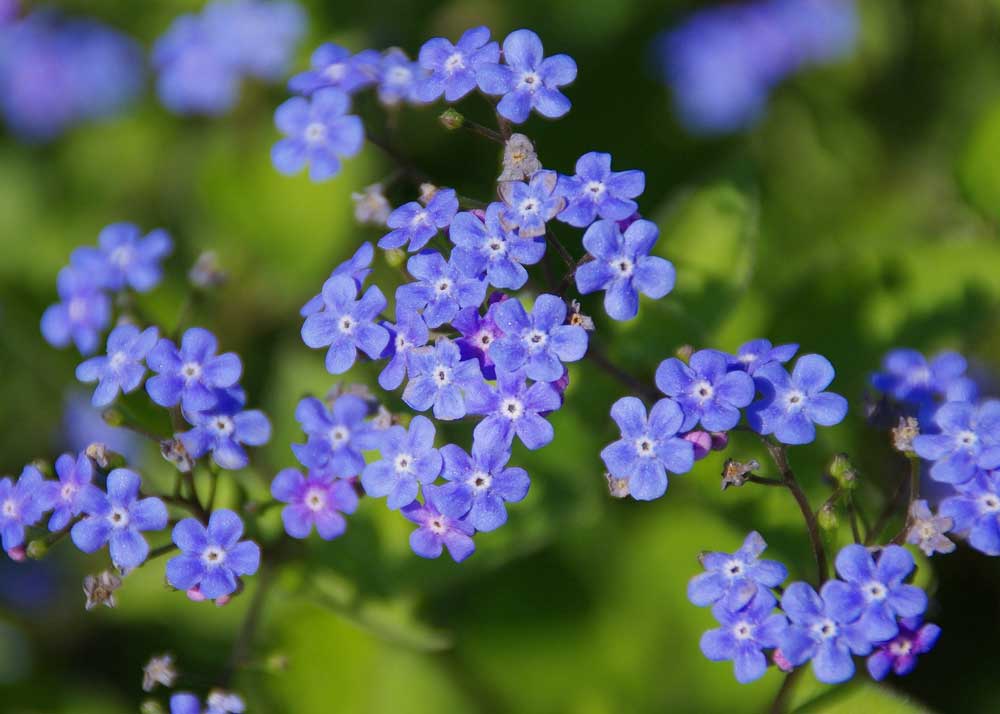
Photo Credit: JensG (pixabay.com)
Also known as ‘Jack Frost’, these perennials bloom with small light blue flowers that decorate the lovely green leaves below it.
Although these shade loving plants are some of our favourites, there are certainly more that didn’t make our list. Hopefully we’ve inspired you to fill out those shaded areas of your gardens! However, before purchasing any plants you should always consult an expert. No sense in spending money on plants that might not last in your environment. You can always contact Jim’s Mowing to get your local Jim to help purchase and install your new shade loving plants!

